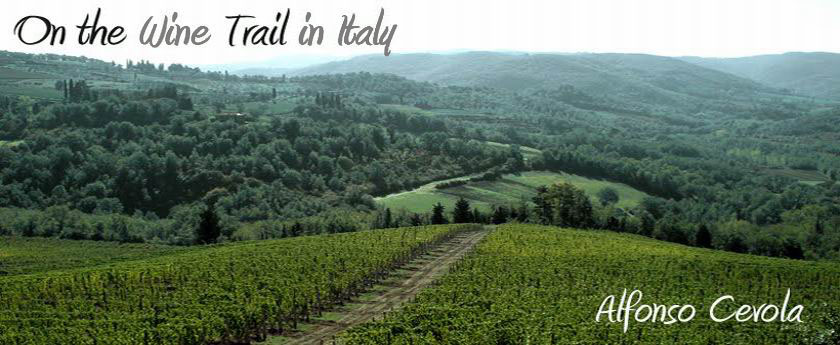From the archives December 8, 2006
Last night a coyote was spotted in the neighborhood. Several e-mails were in my in box about it. One suggested we call animal patrol if we saw the creature. My first thought was, “They're coming back.” I was excited.
Years ago when I lived at the edge of the Angeles National Forest in Southern California, these guys were part of my daily life. I saw them when I took my dog and son for a walk in the hills; we’d hear them serenading at night. I like them. They represent nature’s ability to spring back, to return the shriek of civilization with their own enduring howl from the unbroken, the path of nature reclaiming her stake on the land.
 Are there wines that have responded to that ideal of the wild? If you have ever had a wine from Pantelleria you might say so. Certain Primitivo wines from Puglia are clear on this, as is Gravner in the north near Gorizia.
Are there wines that have responded to that ideal of the wild? If you have ever had a wine from Pantelleria you might say so. Certain Primitivo wines from Puglia are clear on this, as is Gravner in the north near Gorizia. Biodynamic is the new Pagan in Tuscany
Biodynamic is the new Pagan in TuscanyI am thinking that in Tuscany the human touch could use a little more of that dance with the wild dog. Certainly Rampolla understands this, as do some of the producers in the southern Maremma. Umbria might be well on its way to a clearer understanding of this. Some of the red wines from Montefalco approach this, and certainly their older wines - the Orvieto antico back in the caves, laying, waiting like some long forgotten time capsules.
 Amaro and grappa might very well be on that list. Averna is now a calmer version, but in its first days I could only imagine. But why, all I need do is get in to the way-back machine and remember the first time I put a Cynar to my lips. That was a trip back to the 9th century Sicily when the Khilafah reigned over the island.
Amaro and grappa might very well be on that list. Averna is now a calmer version, but in its first days I could only imagine. But why, all I need do is get in to the way-back machine and remember the first time I put a Cynar to my lips. That was a trip back to the 9th century Sicily when the Khilafah reigned over the island.
And the power of fire of the magic al-ambic transformed the crushed remains of the grape into something raw and harsh, but transcendental, too. Susanna Gualco in Piemonte understood that in a way that made her a force of fire, a female acolyte Romano Levi would aspire to huddle over the cauldron with.
There is a lot to praise, but today I am looking for wines that answer that call of the wild and usher back in the unpredictable, the powerful, the un-manipulated. And I am keeping an eye out for my new neighbor.


 “Cheese is my heroin,” is a phrase I often use, especially when I am faced with a mountain of Parmigiano. I have gotten over my affliction in the last year, now it is less an addiction than an indulgence. Recently, in Medesano at Azienda Agricola Bertinelli, Mohammed came to the mountain. Feast your eyes on the prize.
“Cheese is my heroin,” is a phrase I often use, especially when I am faced with a mountain of Parmigiano. I have gotten over my affliction in the last year, now it is less an addiction than an indulgence. Recently, in Medesano at Azienda Agricola Bertinelli, Mohammed came to the mountain. Feast your eyes on the prize.









































 Are there wines that have responded to that ideal of the wild? If you have ever had a wine from
Are there wines that have responded to that ideal of the wild? If you have ever had a wine from 









